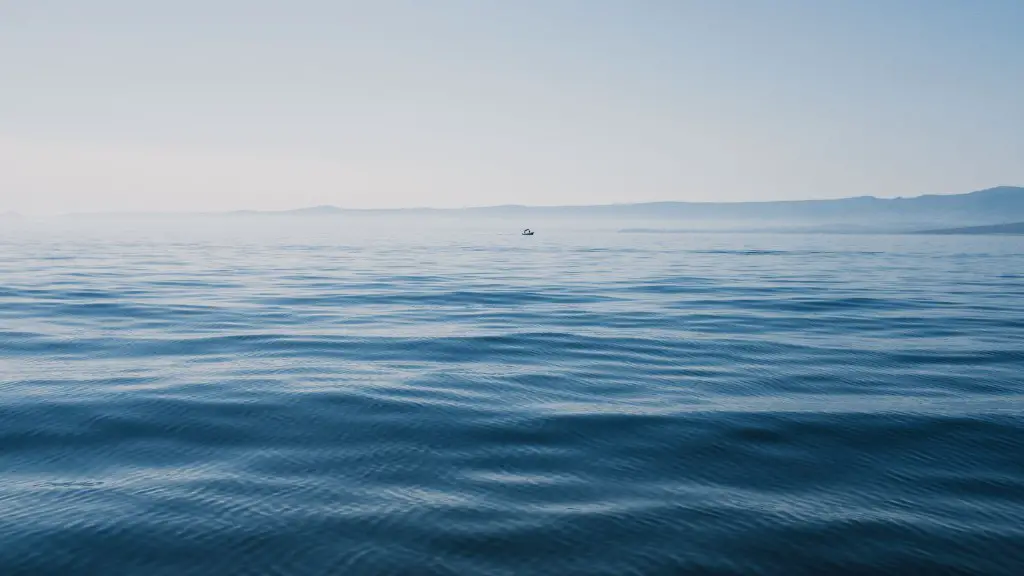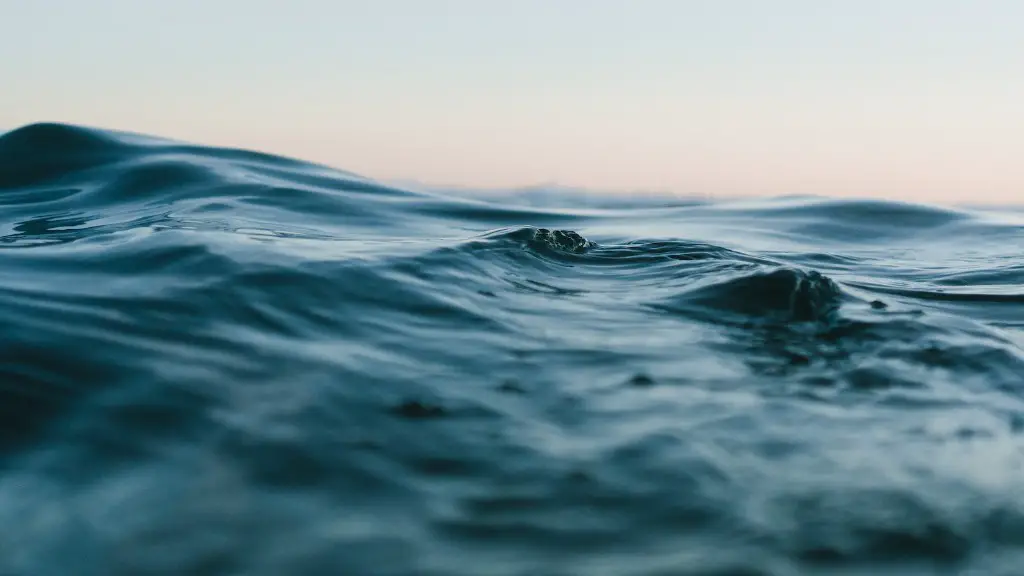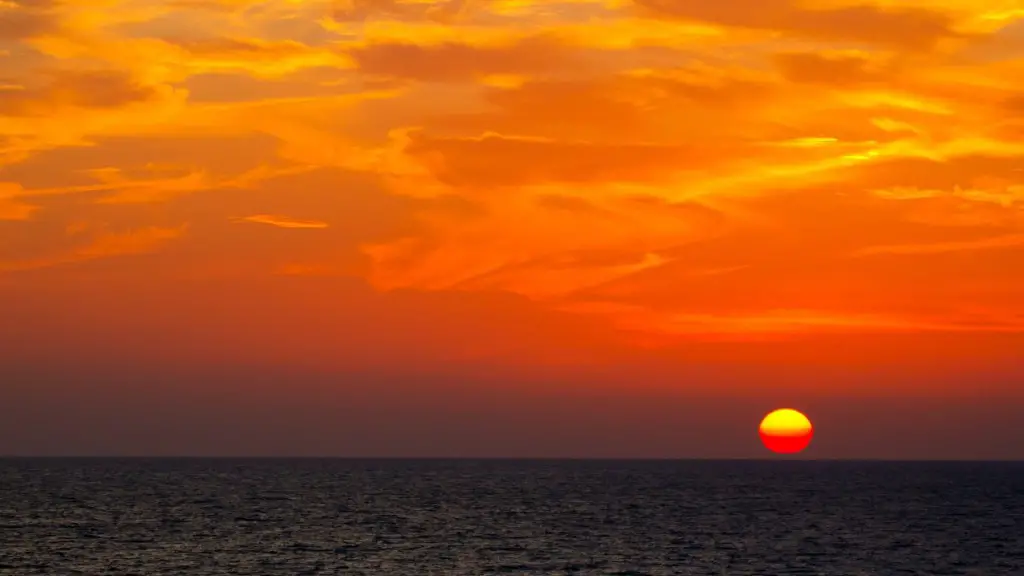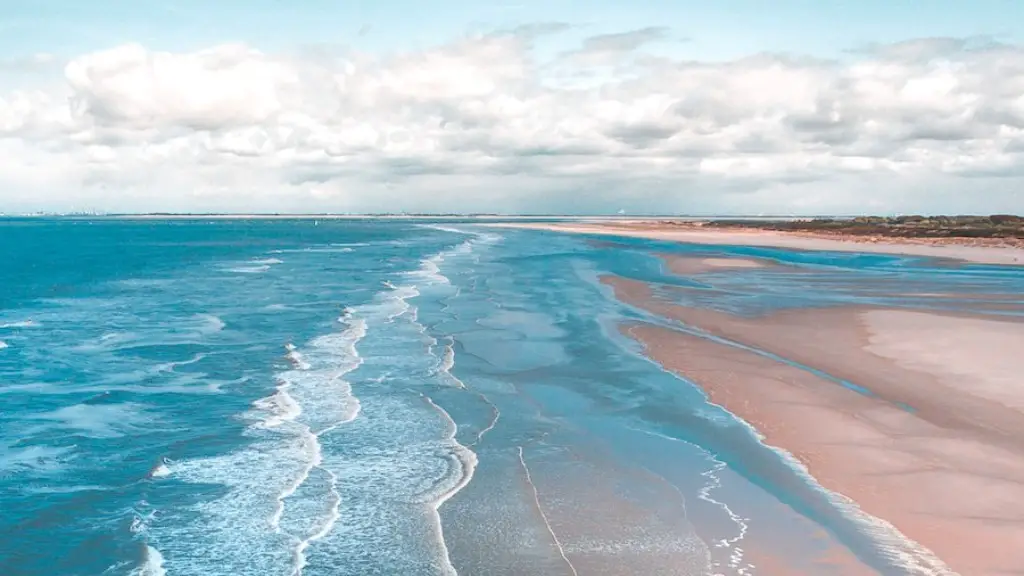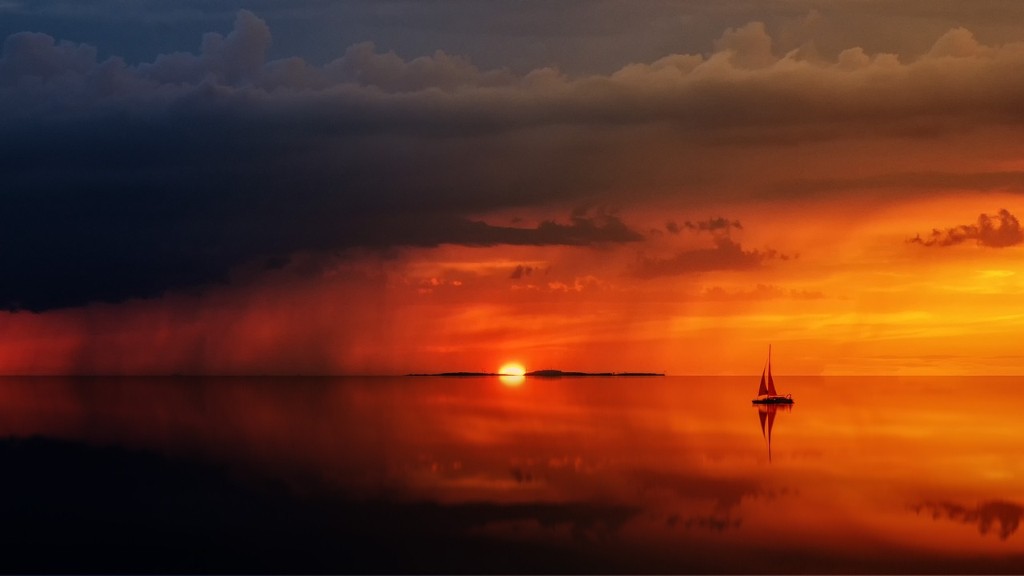The Bering Sea is one of the busiest fishing areas in the world. It is home to many different types of seafood, including crab, salmon, and cod. The Bering Sea is also an important transportation route for ships carrying goods between Asia and North America.
The Bering Sea is one of the world’s richest fishing grounds. It is also home to important populations of marine mammals, birds, and creatures that live in the icy waters of the Arctic.
Why is the Bering Strait important to humans?
The Bering Strait has a long and rich history as a connector between Asia and the Americas. The Bering Land Bridge, also known as Beringia, was a key link between the two continents during the Last Glacial Maximum. Many people believe that Beringia was instrumental in enabling the first major human migration from Asia into the Americas, which occurred some 20,000-30,000 years ago. Today, the Bering Strait continues to play an important role in linking Asia and the Americas, both culturally and economically.
The Russian Federation has identified the Bering Strait as its second geopolitical priority. The Bering Strait is a strategic passageway that connects the Arctic Fleet (located in the Kola Peninsula) with the Pacific Fleet. The Russian Federation is interested in enhancing its geophysical position in the Bering Strait in order to increase its strategic importance.
Why is the Bering Strait historically significant
The Bering Land Bridge was a strip of land that connected Asia and North America. This land bridge was created during the last Ice Age when sea levels were lower and exposed dry land between the two continents. The first humans to arrive in America came from Asia across the land bridge, but when and how they spread throughout the New World is still a mystery.
Volcanic eruptions in the Bering Sea have spewed out large amounts of gold-bearing ash over hundreds of thousands of years. This ash has deposited the gold into the Bering Sea, mixing with the sediments on the ocean floor. Ocean currents have then carried large amounts of this gold-bearing sediment close to the shores all along Alaska.
Why did Russia sell Alaska?
Russia wanted to sell its Alaska territory to the US rather than risk losing it in battle with a rival such as Great Britain. Negotiations between Seward (1801-1872) and the Russian minister to the US, Eduard de Stoeckl, began in March 1867.
The Strait is an important feeding ground and migration corridor for many marine mammals, including bowhead, beluga, and gray whales; Pacific walrus; ringed, ribbon, spotted, and bearded seals; and occasionally polar bears. These animals rely on the Strait for their food and shelter, and the health of the Strait is critical to their survival.
What country owns the Bering Sea?
The Bering Strait is a narrow body of water located between Russia and the United States. It is only 47 nautical miles wide at its narrowest point. The strait itself lies within the territorial seas of the Russian Federation and the United States. The remaining waters of the BSR are located within the exclusive economic zones (EEZs) of the two countries.
In 1867, the United States purchased Alaska from Russia for $7.2 million. The purchase was motivated by a desire to gain a foothold in the Pacific region and to prevent Russia from establishing a presence in North America. Alaska quickly became an important part of the US, providing valuable resources such as gold, fur and fisheries. The proximity to China and Japan also enabled increased trade with these countries.
Is it possible to cross from Alaska to Russia
Yes, it is possible to cross from Alaska to Russia legally. However, it is not possible to do so via the Bering Strait. You must depart from Alaska outside of a port of call and arrive in an official port in Russia in order to cross the border legally.
The theory that a single wave of people crossed the Bering land bridge from Siberia to Alaska around 13,000 years ago is generally accepted by the scientific community. This theory is called the Bering Strait Theory, named after the waterway between eastern Russia and western Alaska.
Why can’t you cross the Bering Strait?
The Bering Strait is a narrow body of water that separates Russia from Alaska. It is only about 55 miles wide, but it is one of the most dangerous bodies of water in the world. The water is very shallow, meaning that waves can be very powerful. The weather is also very volatile, with strong winds and cold temperatures. The water is also extremely cold, so anyone who falls in will die very quickly. Despite the cold northern latitude, the water does not freeze in the winter because of the strong currents. This means that it is not possible to walk across the Bering Strait.
In 1728, Captain Vitus Bering discovered the Bering Strait, the narrow channel of water that separates Siberia from Alaska. This discovery ended the doubt about whether Asia and America were joined by land or separated by water. Bering’s discovery also proved that the Northeast Passage existed.
Why is Alaska rich in gold
Dawson City is home to some of the richest gold veins in the world. Millions of years of uplift has brought this gold to the surface, where it has been eroded by ice and rain. The gold has been broken up into smaller pieces by millennia of weathering, and can now be found as nuggets and flakes of gold dust.
The Alaska Centennial Nugget is the largest gold nugget ever found in Alaska. It was discovered in 1998 by Barry Lloyd Clay on Swift Creek near Ruby. The nugget weighs 2941 troy ounces.
Can gold still be found in Alaska?
Alaska is home to a large number of minerals, including gold, silver, copper, zinc, graphite, cobalt, lead, and rare earth elements. Many of these minerals are actively mined, making Alaska an important contributor to the global mineral market.
The Russian government began looking to sell Alaska to the United States after losing the Crimean War to Great Britain in 1856. The British had wanted to add Alaska to their territory in British North America (modern-day Canada), but the Russians did not want to sell it to them.
Conclusion
There are a few reasons why the Bering Sea is important. Firstly, it is a key feeding ground for a variety of marine animals, including whales, seals, walruses, otters, and seabirds. This makes it an important part of the global ecosystem. Secondly, the Bering Sea is home to a number of important fisheries, including pollock, crab, and cod. These fisheries provide valuable food and economic resources for the people who live in the region. Finally, the Bering Sea is an important shipping route, connecting Asia and North America.
The Bering Sea is extremely important for both commercial and environmental reasons. Commercially, the Bering Sea is home to some of the richest fishing grounds in the world and supports a $2.4 billion dollar fishing industry. The sea is also important for global climate and is a vital piece of the Earth’s climate puzzle. The Bering Sea helps to regulate the world’s ocean currents and weather patterns and is a key factor in the health of the world’s fish population.
